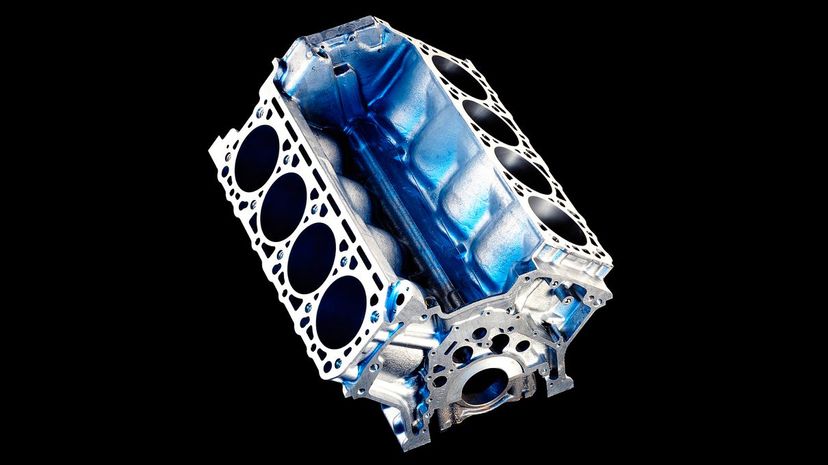
About This Quiz
You get in, buckle up your seatbelt, put the key in the ignition, turn it on and go.
That's the extent of how much thought most drivers give to the mechanical miracle that's going on under their vehicle's hood every time they set their engine in motion. The intricate ballet of hundreds of parts moving in perfect harmony is lost on them.
But that's not you, right? You're here to demonstrate your knowledge of what's really going on in your engine compartment. You know your engine block from your cylinder head. You know the difference between the camshaft and the crankshaft. Whether you had a parent who was a "shade tree" mechanic, or you've been taught some valuable — and expensive — lessons as your local repair shop tried to keep an old car running, you're no stranger to the world of automotive science.
Electric cars have come a long way in recent years. They're engineering marvels in their own right and one day might take over the streets. For now, though, the internal combustion engine is the king of the road, just as it has been for more than a century.
So, it's time to prove your engine IQ. Some are easy and some require master-level knowledge, but these 40 questions will put your mechanical know-how to the test. You'll either get a perfect score on this quiz or come away knowing a little bit more about the heart of your vehicle than you did when you began. Either way, it's a win!
So, let's start those mental engines and talk about some metal!
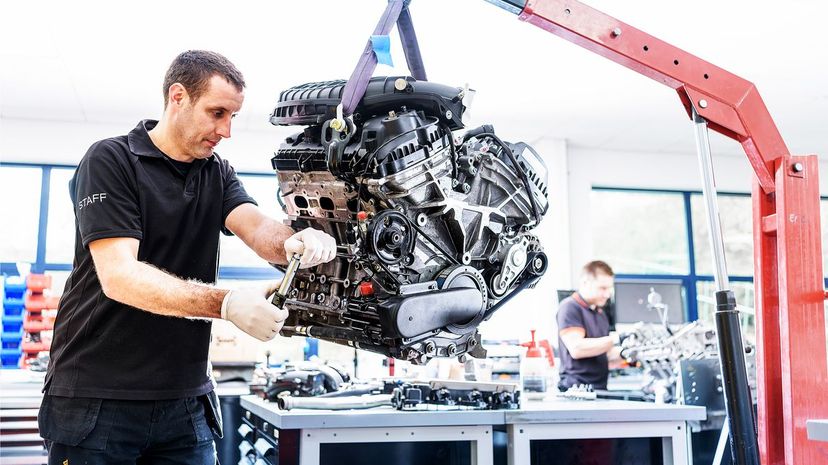
Modern vehicles use the internal combustion engine, where the combustion that drives the motor occurs within the engine itself — the cylinder chamber. An example of an external combustion engine is a steam engine, where steam is generated outside of the engine and then moves the engine's turbine, creating power. (The magnetohydrodynamic drive, by the way, was the silent propulsion system of the title submarine in "The Hunt for Red October" and, in reality, offers very low efficiency.)
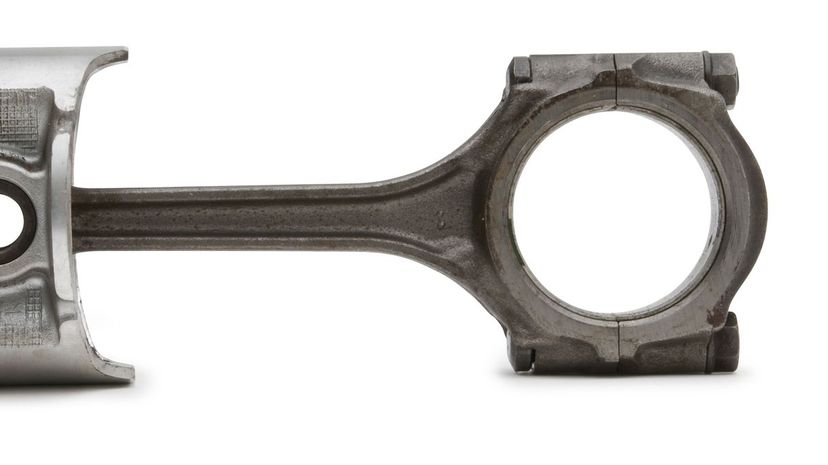
The connecting rods are pivoting elements that connect the linearly moving pistons to the rotating crankshaft. Because of the range of motion they go through during the four-stroke engine cycle, the connecting rods are some of the most durable parts of an engine. It's a good thing, too; a connecting rod failure can cause catastrophic damage. "Throwing a rod," meaning the connecting rod has broken, and this usually means you're in the market for a new engine.
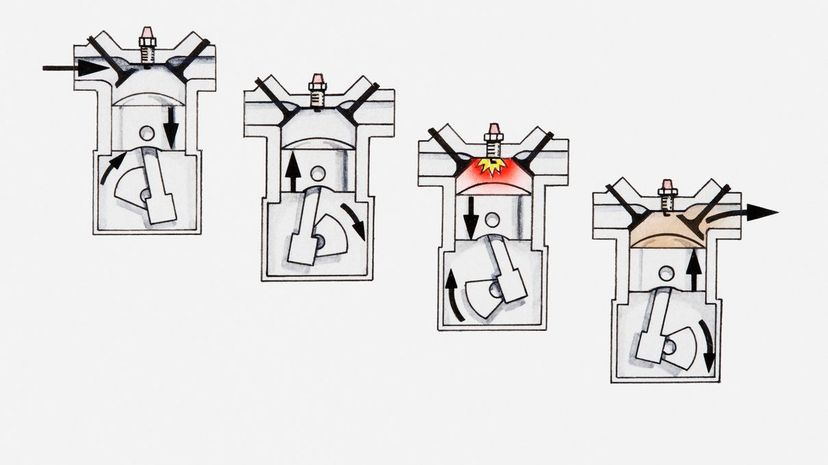
It all begins with the intake of the fuel/air mixture into the cylinder chamber. The mix is then compressed by the upward movement of the piston. The spark plug ignites the mix, causing an explosion which powers the piston back down the cylinder. The exhaust gases are then expelled from the chamber.
Advertisement
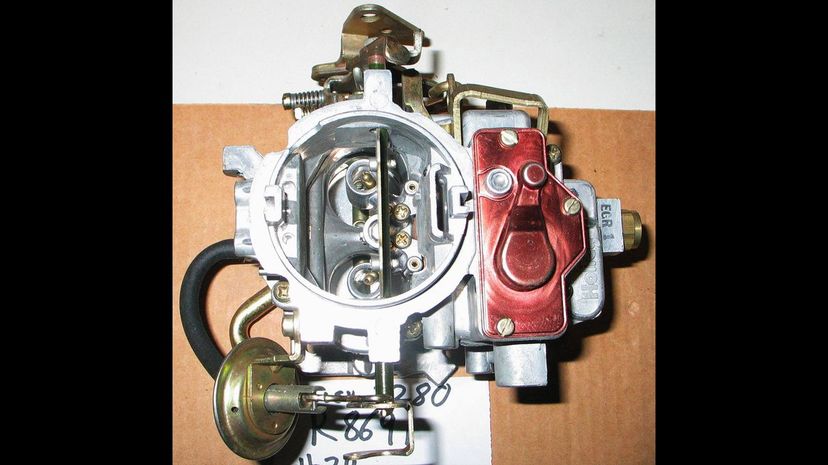
Cars don't run on fuel alone; to get where you're going, you need a mixture of fuel and air. And for your engine to get the most efficient use of its fuel, it needs to be mixed with air in a precise ratio. Before the advent of fuel injectors, this was done by the engine's carburetor. Carburetors are still used in smaller engines — such as lawnmowers, snowblowers, chain saws — because they are less expensive than fuel injection systems.
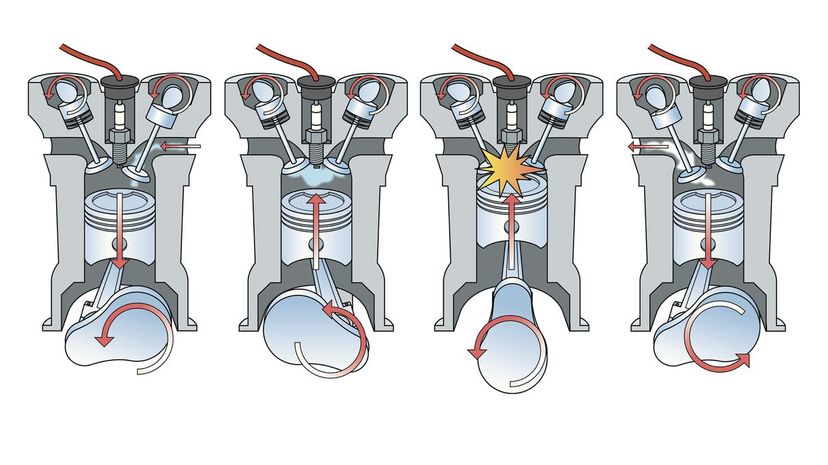
There are four movements — or strokes — in a modern automobile engine as it converts fuel into the power needed to operate a vehicle. Simpler engines, such as those used in lawn equipment, usually have two-stroke engines.
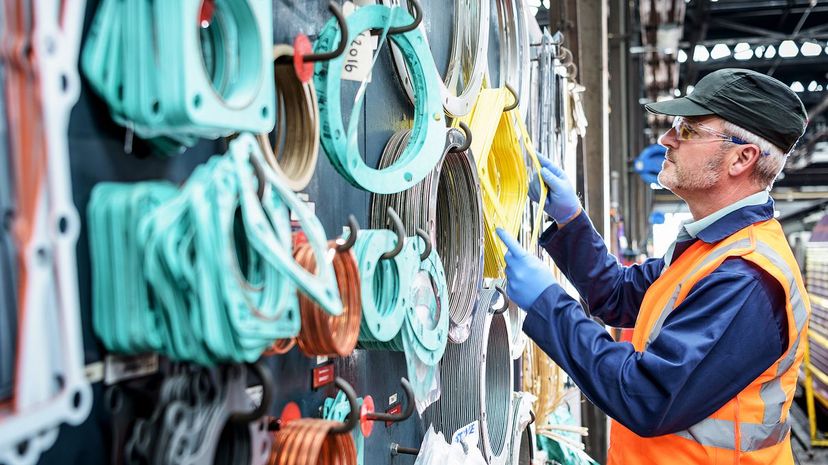
The gaskets in your car's engine — found at the cylinder head, the intake and exhaust manifolds, the main bearing, the camshaft and elsewhere — form a seal between two elements that not only helps maintain compression where necessary but also keeps oil, coolant and other fluids from mixing where they don't belong. They also keep dirt and debris from entering the engine. Not bad for such a mechanically simple item!
Advertisement
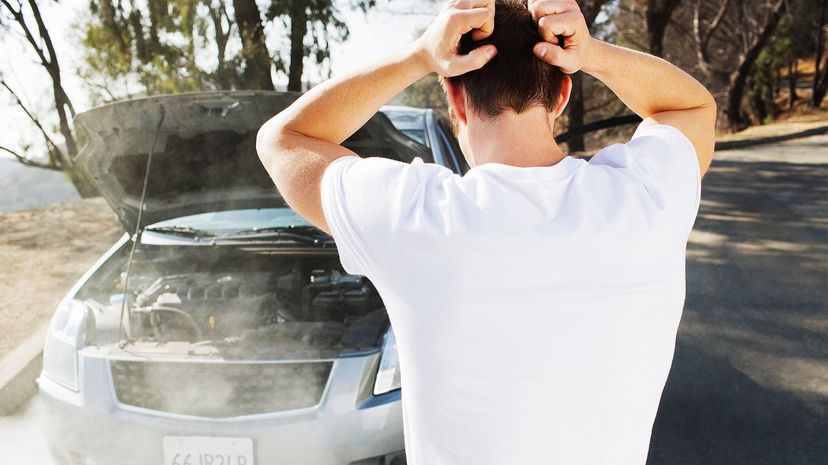
Bad news, buddy. These symptoms all point to a cracked cylinder head, and when there's smoke coming out from under the hood, you're not going to be able to ignore it for much longer. Fortunately, since the cylinder head is at the top of the engine, it's an easier repair than you might be expecting. Don't let it go for too long, though. Even if it keeps running, you're at risk of damaging your catalytic converter and the oil you're losing can doom your engine.
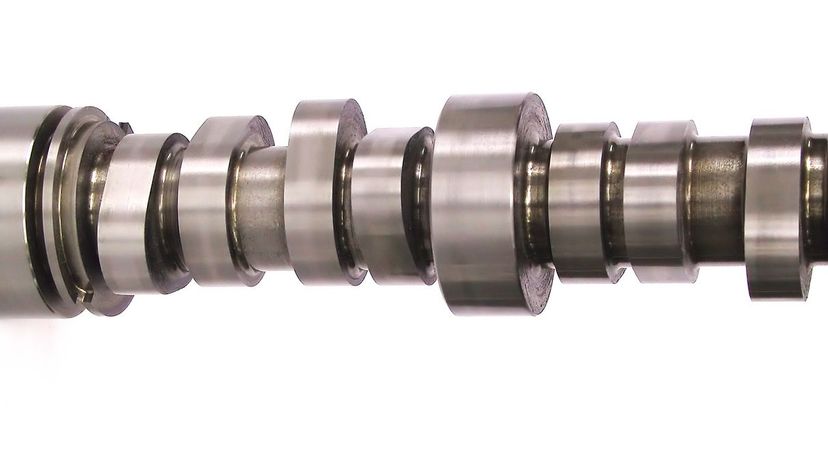
Sitting on top of the cylinder head, the camshaft rotates — its various offset cams (shaped like oblong lobes) pushing down on the intake and exhaust valves, opening them at the right moment in the cycle. In most modern vehicles, the camshaft is connected to the crankshaft via the timing belt. The two work in perfect harmony to keep the combustion cycle in sync and your vehicle movin' on down the highway.
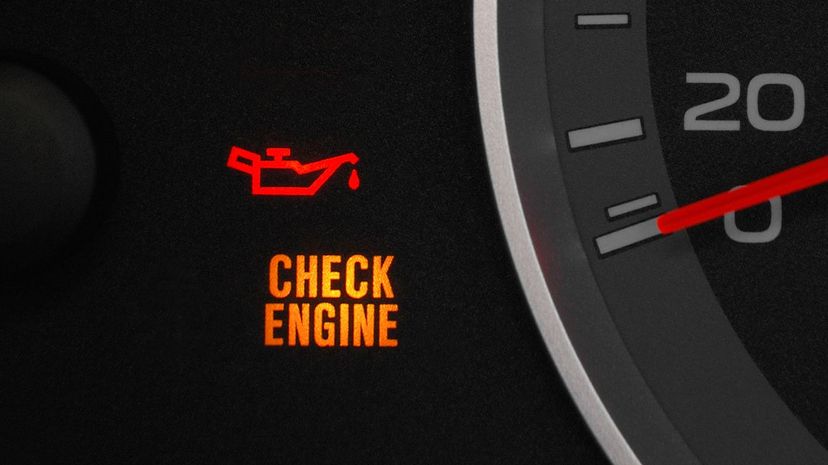
A car's engine is a mass of moving parts, and some of those parts rub against each other, causing friction. Without lubrication, the parts will still work for a while, but they're grinding up against each other. Eventually — and it doesn't take long — the engine will seize, and you'll be a very sad pedestrian. Dirty oil will also lead to engine wear, so treat your oil right, and pay attention if that dashboard light clicks on — it's important!
Advertisement
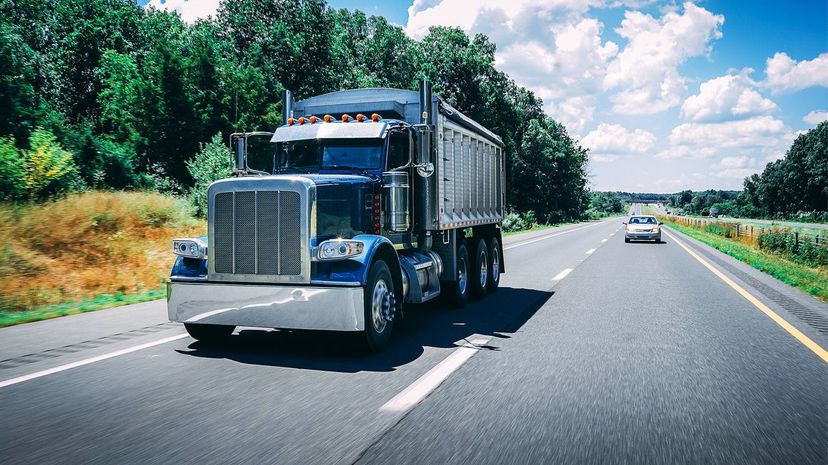
Diesel fuel has a lower self-ignition temperature than gasoline and, as a result, ignites through compression — a spark isn't needed. Diesel engines have what are known as glowplugs, however, which heat the air coming into the combustion chamber. These are especially useful in winter when the engine block is cold and it can be difficult to get things started.
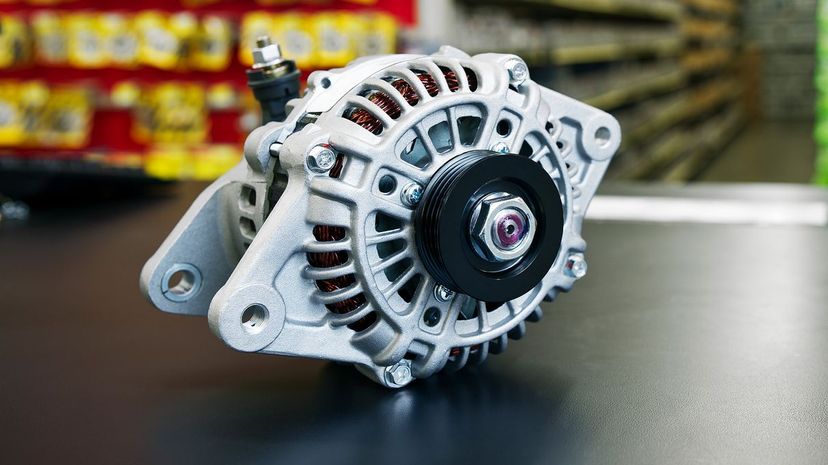
The alternator, which runs on the all-important serpentine belt. is the electrical generator that powers the vehicle's electrical systems and charges the battery. Without the alternator, the car will run on battery power for a bit, but it will soon drain it dry. That's why, when the car's motor isn't turning, the radio will still work for a time. That's nice on a moonlit Saturday night, but don't abuse it!
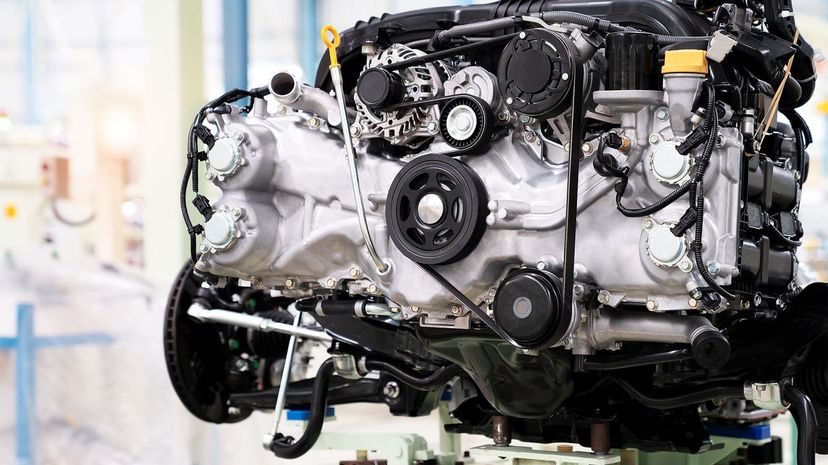
The serpentine belt — named that because it is a long, winding piece of reinforced rubber — connects the alternator, air conditioning compressor, power steering pump and more. Older cars had separate belts for many of these devices, but the serpentine belt eventually replaced them all and made the engine more efficient. If it happens to break while you're driving, however, you'll know it immediately; your car just became much, much harder to steer and is about to overheat.
Advertisement
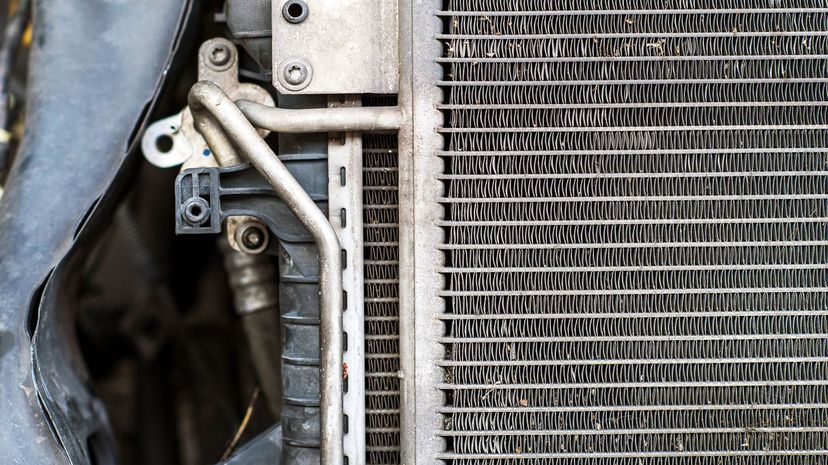
The radiator is a heat exchange system that helps to dissipate the heat generated by the vehicle's engine. Under pressure by the water pump, hot coolant flows through tubes — usually made of aluminum — inside the radiator. The incoming air circulated by the vehicle's fan, and air flowing through the compartment as the vehicle moves, cools the fluid in the tubes.
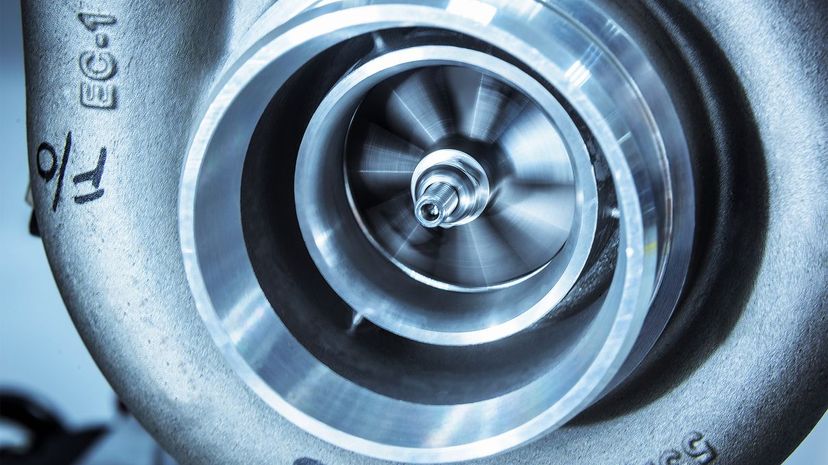
Turbochargers and superchargers are forced induction systems that compress the air that goes into the cylinder, meaning more fuel can be burned, and the engine can generate more power. This can make a smaller engine feel like a larger one when a boost is necessary — such as when passing — and, on average, get better mileage (except if the driver has a lead foot; if the charger is always being used, all fuel-economy bets are off).
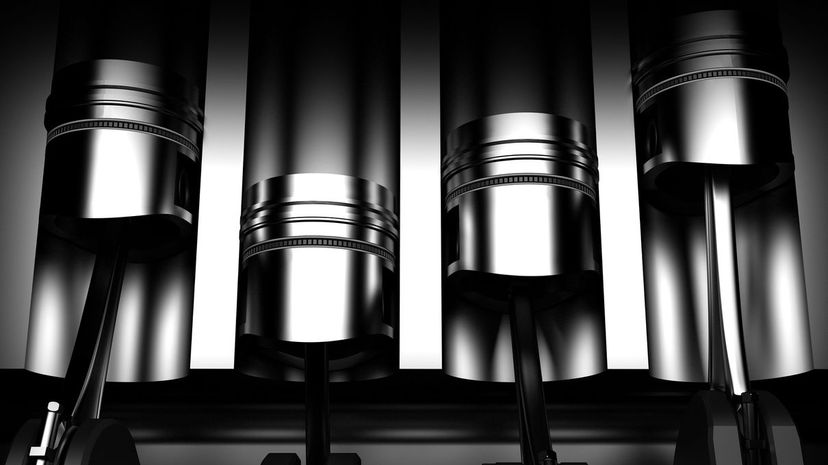
The cylinder is where the magic of the internal combustion engine happens. The pistons move up and down inside the cylinders, which are housed in the engine block and topped off by the cylinder head (just as the name suggests). The fuel/air mix is injected, and as the piston moves up, it's compressed. Then, at the right moment, a spark from the spark plug ignites this pressurized gas and the explosion it prompts drives the piston back down and gives the engine its power.
Advertisement
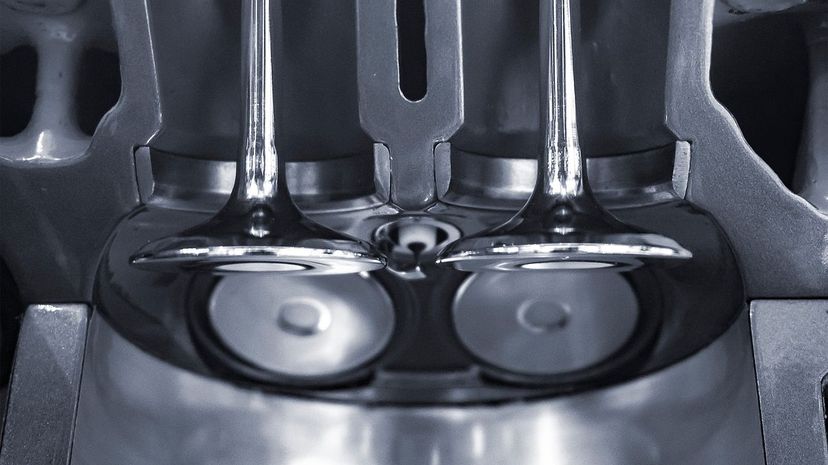
During the intake stroke of the four-stroke engine (it's the first stroke, remember?), as the piston is moving toward the bottom of the chamber, the intake valve opens and allows the fuel/air mix into the cylinder. The intake valve closes as the piston rises in the compression stroke, trapping the mix. After the power stroke, the intake valve's partner, the exhaust valve, opens and releases the spent gases. The process then starts all over again.

The serpentine belt controls a lot under the hood, including the power steering, AC compressor, the water pump and the alternator. It's rare these days for one to break, but if it does, you'll know it immediately by the way the car suddenly handles. It's recommended to have this belt changed out every 60,000 to 90,000 miles because even if it doesn't break, it can get worn and your car won't run and respond as efficiently as it should.
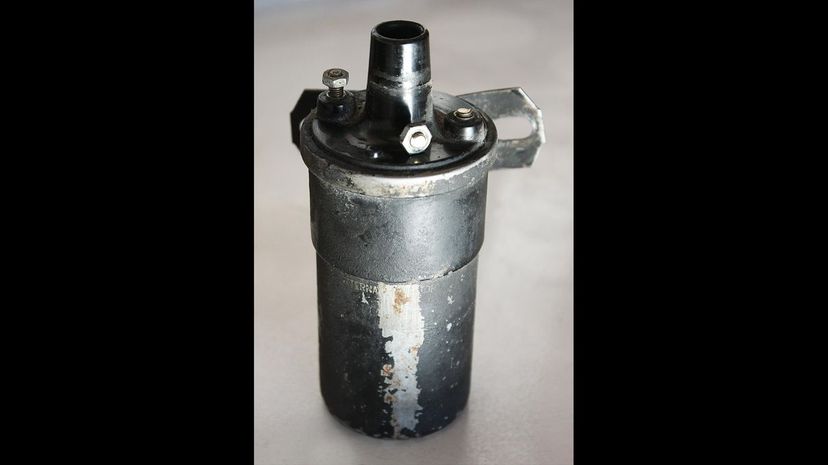
Physics time again! The typical car battery generates 12 volts — which is nice, but not enough to do any real work when it comes to a machine the size of your engine. Your car's ignition coil is a type of step-up transformer that turns this meager output from the battery into as much as 60,000 volts, which is enough to get some work done. In this case, it is enough to generate the spark that ignites the fuel/air mix in the cylinder.
Advertisement
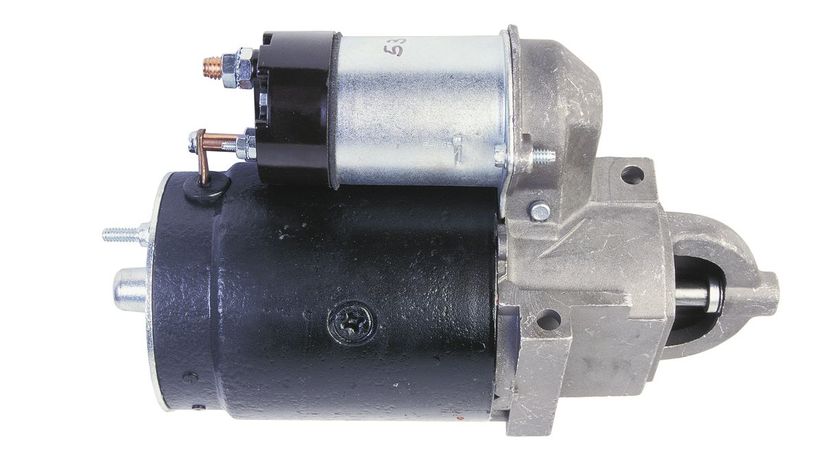
The solenoid is an electromagnet connected to the starter motor. When you turn the key, the battery sends voltage to the solenoid. The solenoid closes a pair of contacts, completing an electrical circuit and powering the starter motor which brings the engine to life. Then, the circuit breaks and the starter motor shuts off.
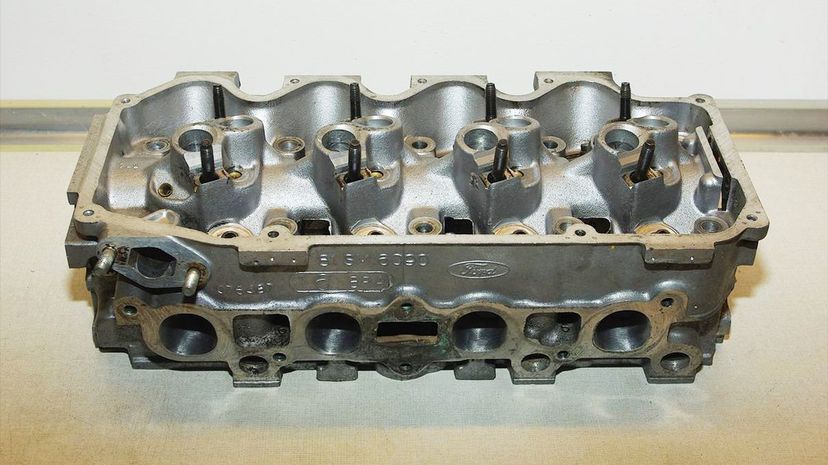
In most cars, the cylinder head rests on the top of the engine block, on a flat part called the deck. The head and the block are separated by the cylinder head gasket (also called the head gasket). The cylinder head is bolted onto the block and holds the intake and exhaust valves, channels coolant into the block and forms the upper part of the combustion chamber. There are two cylinder heads on engines with a "V" configuration.
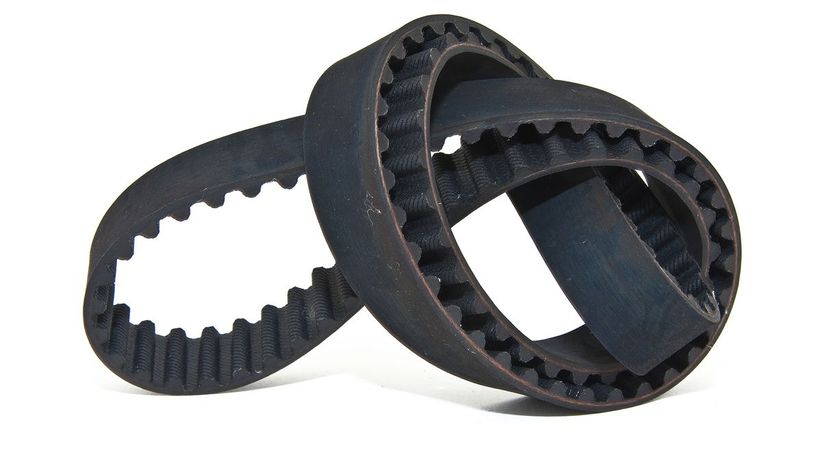
The timing belt keeps the camshaft and the crankshaft turning in sync — one spin for the camshaft for every two spins of the crankshaft. In older vehicles, this was done with a timing chain, but technology advanced and the quieter, less-expensive belts eventually replaced the metal chains. The water pump is also driven by the timing belt in most cars, and mechanics often advise changing it when the timing belt is changed; you have to take the timing belt off to get to it in the first place.
Advertisement
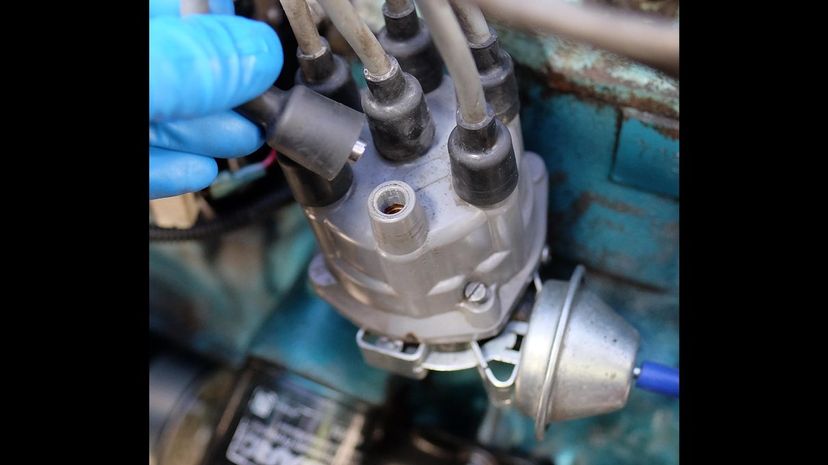
The distributor sends the electrical current from the ignition coil to the spark plugs at the correct time and for the right amount of time so that the fuel/air mix is ignited at the moment necessary to drive the piston. Some modern cars have done away with the distributor, and instead, they trigger ignition through the use of a toothed wheel that spins with the crankshaft.
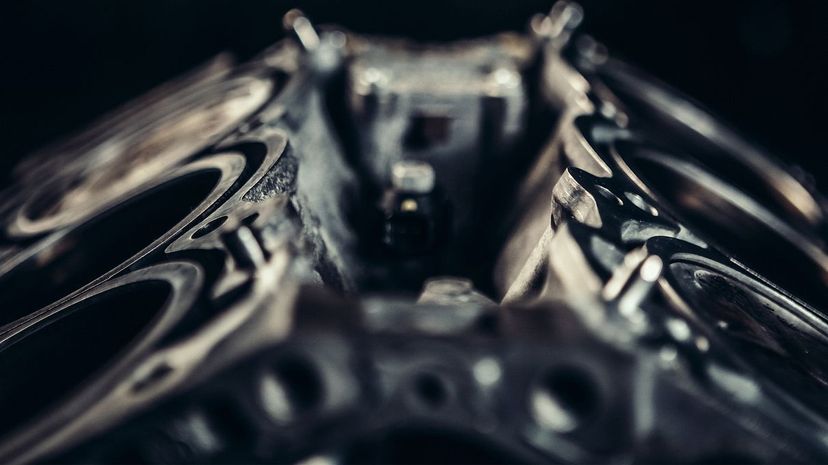
An inline-six engine (also known as a straight-six engine) has all six cylinders mounted in a straight line. A V6 has two cylinder banks with three cylinders each, usually mounted at a 60- or 90-degree angle to each other. "V" engines are typically shorter than inline, which is helpful in the design of the vehicle, and have better balance when operating. While rare in cars, V4 engines are often found on motorcycles.
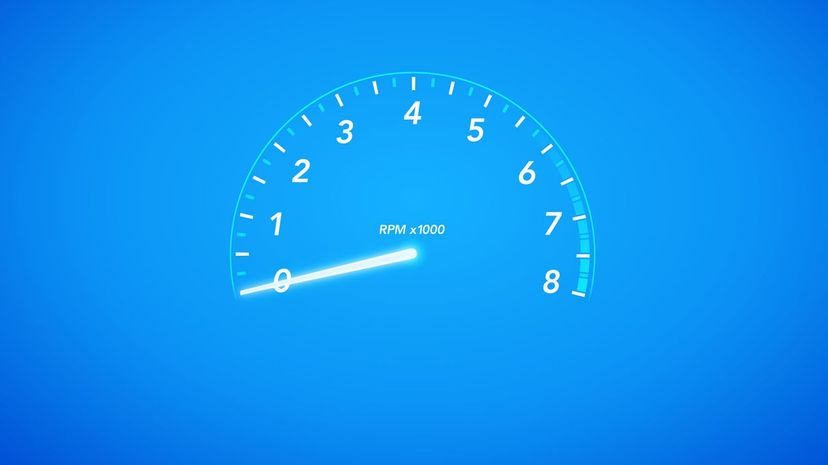
In a car, revolutions per minute (RPM) measures how many times the crankshaft is revolving in 60 seconds. At idle, a passenger car will generally run between 600 and 1,000 RPM. The harder the vehicle's engine is running, the higher the RPM. The vehicle's tachometer measures this statistic, and the red line at the upper end of the scale is there for a very important reason: It lets you know that you're about to push your engine to its breaking point.
Advertisement
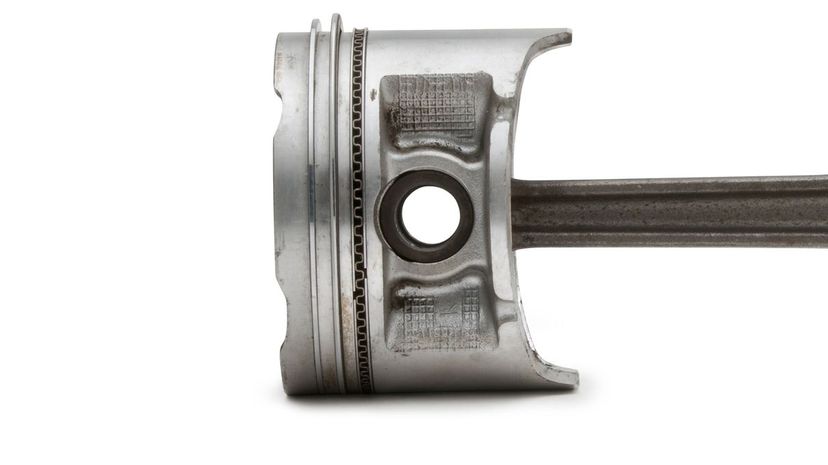
To minimize friction but maximize compression, each piston in your engine has three rings around it. The first two are the top compression ring and the intermediate compression ring. They help maintain the pressure on the fuel/air mixture to get the most efficient bang for the buck. They also help with heat transfer from the piston to the cylinder wall. The third ring is the oil control ring, which scrapes excess oil from the cylinder wall and gets it back into circulation.
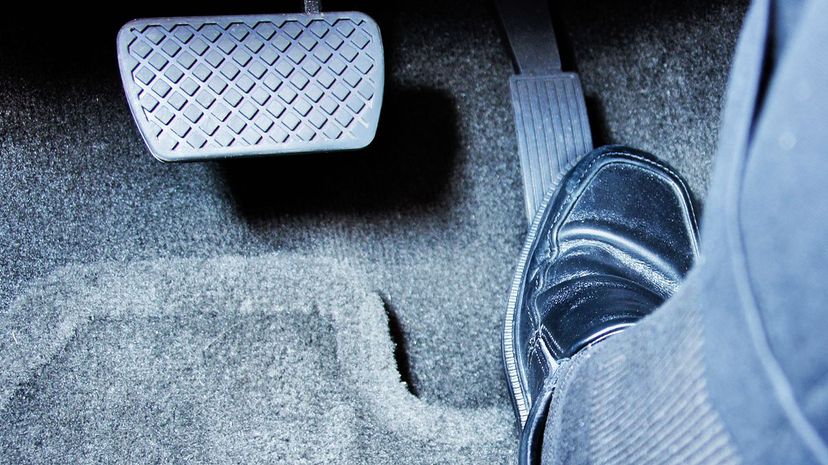
The gas pedal doesn't actually control the gas; it controls the air. When you press down on the accelerator, you are opening the throttle valve at the entrance of the intake manifold, which allows more air into the engine. The carburetor or the fuel-injection system, depending on your vehicle, increase the amount of fuel that is released to keep the fuel/air ratio correct.
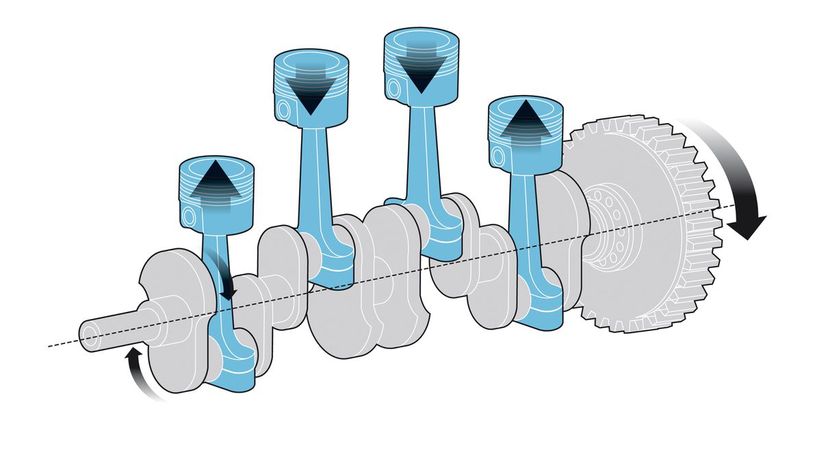
Connected to the pistons via the connecting rods, the crankshaft is where the linear motion of the pistons generated during the power stroke is translated to rotational motion that moves the wheels. Usually made of forged steel, the crankshaft can be said to be the point where the energy input from combustion becomes energy output for the vehicle.
Advertisement
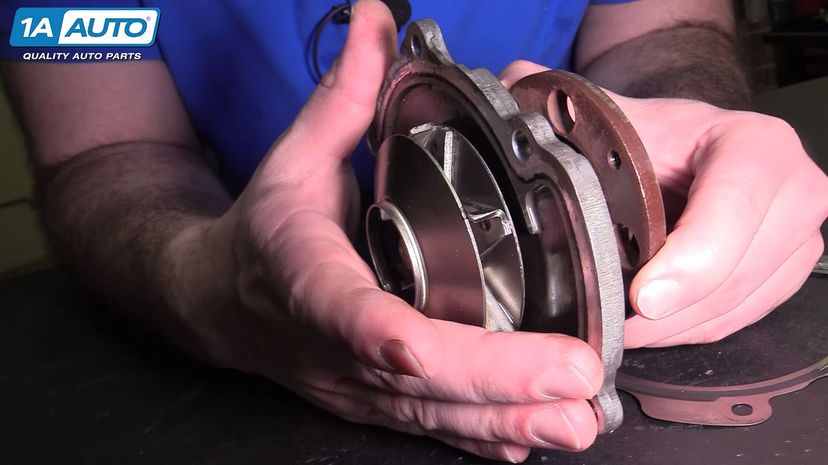
The water pump is responsible for circulating coolant — usually antifreeze and not "water," although ordinary H2O will do in a pinch — around the engine to draw off heat generated by the combustion process and activity. The pump, driven in modern cars by the serpentine belt, should last about 100,000 miles, but when it needs to be replaced, it will make itself known very quickly. Don't ignore it! Overheating can ruin an engine.
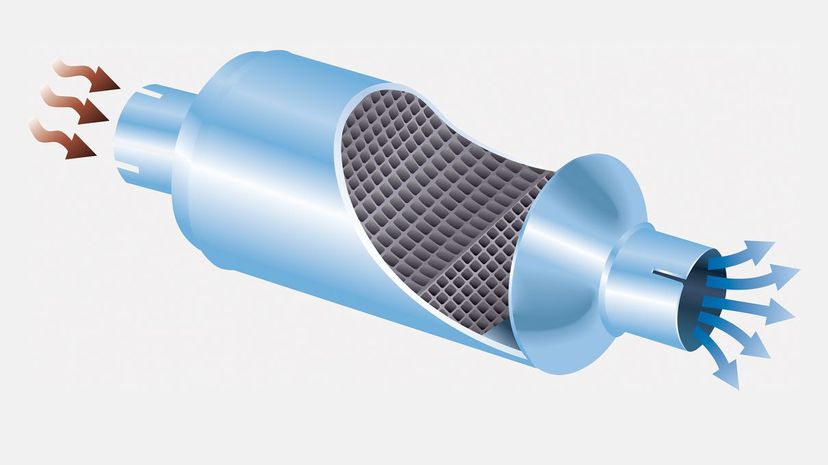
One of the byproducts of burning gasoline for energy is carbon dioxide (CO2), which does the environment no favors. Other lesser byproducts include carbon monoxide (CO), hydrocarbons and nitrogen oxides. In high enough volume, these cause smog, acid rain and other ugly things. In 1,981 in the U.S. a device called a catalytic converter became mandatory. Through the magic of chemistry, these devices help make your vehicle a little more environmentally friendly.
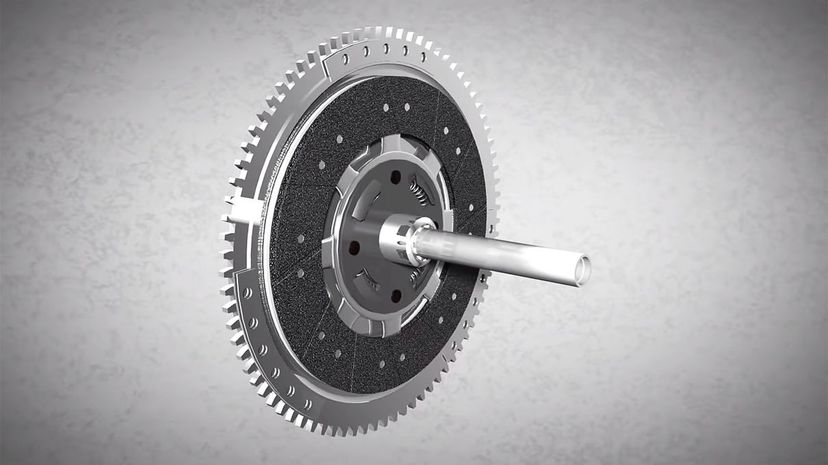
Physics time yet again! The explosions that propel the pistons in the cylinders happen quickly — thousands of times a minute in most cases. Since there is time between firings, however, this isn't continuously generated energy; without the flywheel, you would feel it. Mounted to the camshaft, the flywheel spins, storing rotational energy through the use of inertia (physics!) and, among other things, evens out the intermittent energy output.
Advertisement
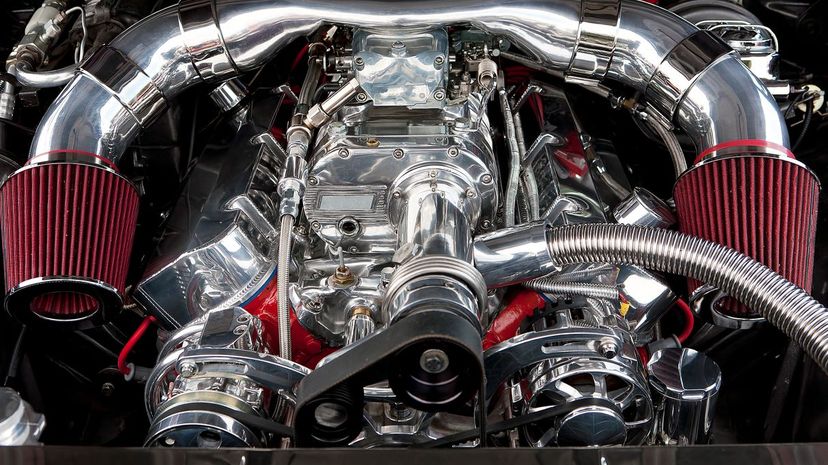
Although they perform much the same function, the source of their power is the difference between superchargers and turbochargers. With turbos, power is drawn from the exhaust gases generated after combustion. They turn the device's turbine and generate power. Superchargers get their power from the crankshaft via a connecting belt. Typically, turbochargers are cleaner and quieter, while superchargers are easier to maintain and more reliable.
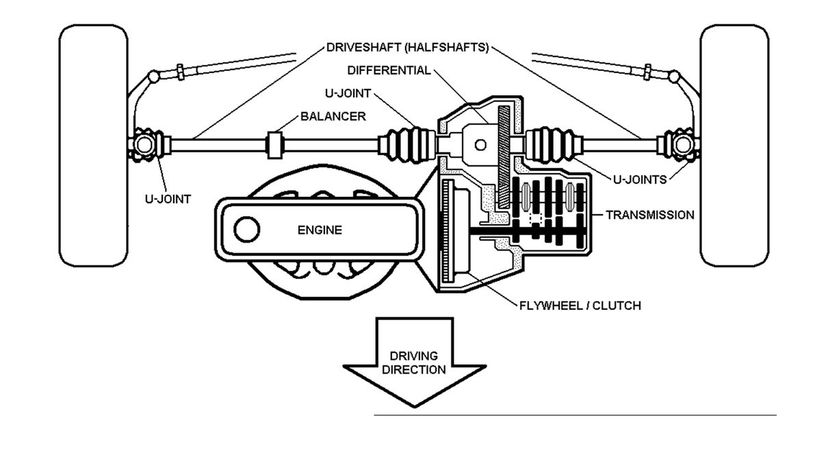
Transverse engines are mounted "sideways" in the engine bay, which means they sit perpendicular to the direction of travel (Its counterpart, a longitudinal engine, is mounted facing the direction of travel). This generally saves on the space needed for the engine, and is especially popular in small cars and front-wheel-drive vehicles. Larger engines, cars with rear-wheel-drive and engines built for performance are generally longitudinal engines.
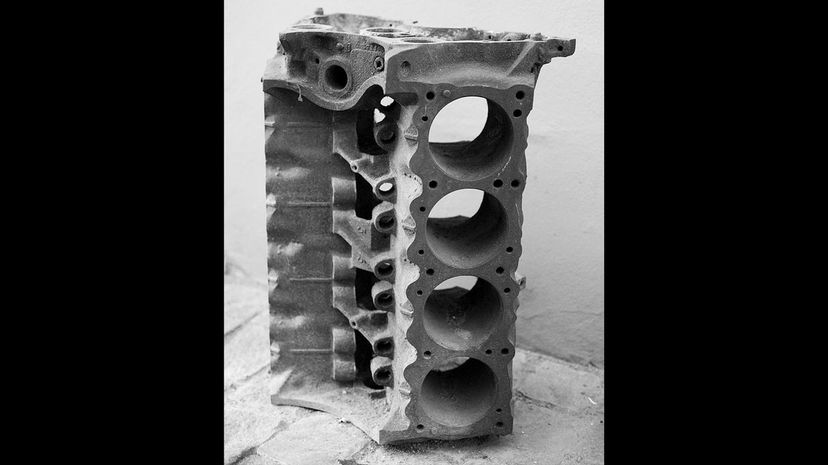
The engine block is a one-piece structure, created by pouring molten aluminum (in modern engines — older engines used iron) into a mold. While it's just one piece, it's a very complex one, complete with precision holes that house the cylinders, along with various places for engine mountings, water and oil flow paths and other structures. It's the heaviest bit of the engine.
Advertisement

Your radiator works by bringing tubes filled with hot coolant into contact with cooler outside air. At speed, this is a very efficient heat exchange system. When the car is sitting still, however, there's not much action, so the engine's fan helps to pick up the slack. If the fan isn't working — the fan belt may be worn or broke or, with electric fans, there could be a short, blown fuse or other issues — the car's temperature will rise when the vehicle is not moving.
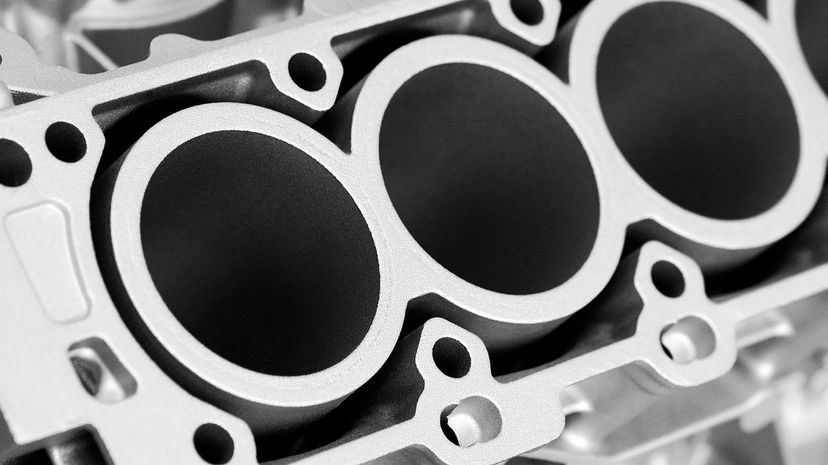
The size of an engine is often described by the size of its cylinders — the bigger the cylinders, the more fuel/air mix it can use, and the more power it can generate. Not to wade into geometry too far, but the volume in the cylinder is determined by its diameter ("bore") and how far the piston moves ("stroke"). In a 2.0-liter four-cylinder engine, each cylinder has a volume of .5 liters; in a 2.0-liter six-cylinder, each cylinder has a volume of .333 liters.
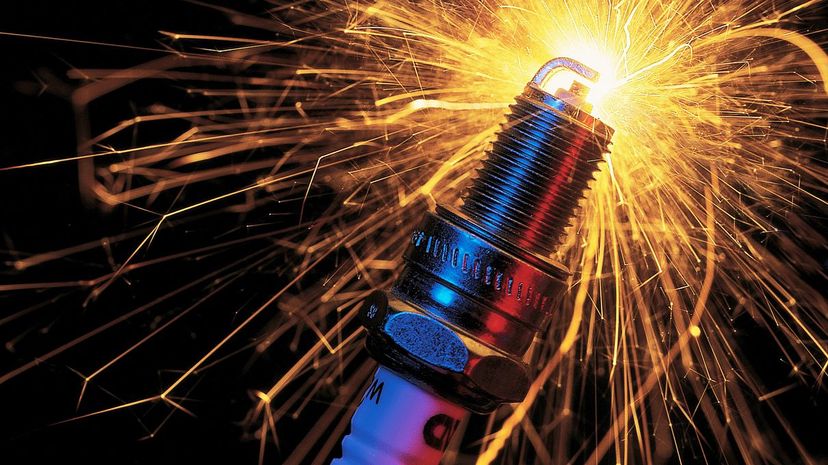
The pistons move within the cylinders because of the explosion that occurs when the compressed fuel/air mix is ignited by the firing of the spark plug. The force of the resulting explosion moves the piston down again, exhaust gasses are expelled, more fuel/air mix is injected into the cylinder, and the process begins again.
Advertisement
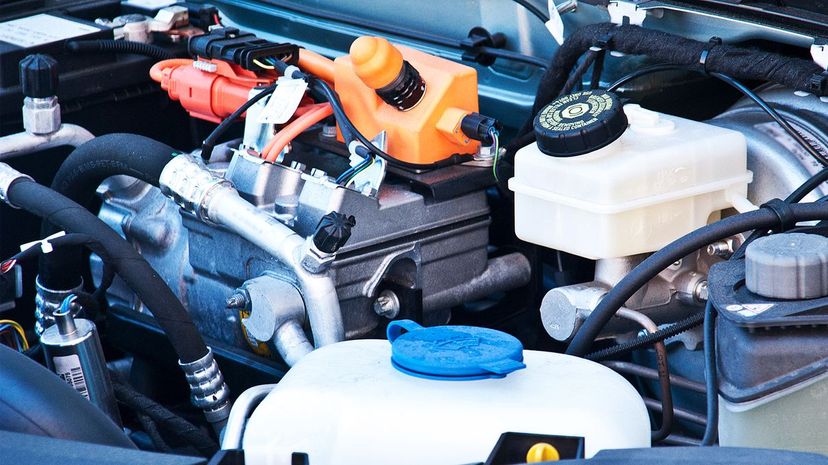
While the technology can be considered advanced, and getting more so every day, the actual motor is similar to an internal combustion engine. Without the need for fuel, combustion chambers, belts, hoses and more, electric motors are easier to maintain, and they operate almost silently. Charging, however, is a significant drawback at this time. Depending on the size of the battery that powers it, an EV can take from 30 minutes to several hours to recharge.

Your engine is a mass of moving parts, and that means friction is bound to occur. Engine oil lubricates those parts to keep everything moving smoothly, but that oil needs to be circulated with pressure — that's where the oil pump comes in. In most engines, this pump is driven by the camshaft. Without the oil pump, your car would literally grind to a halt.
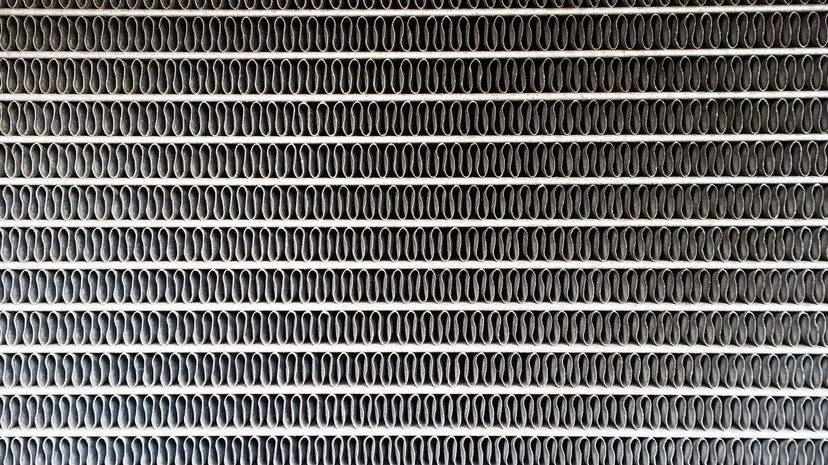
Physics time! If the heated coolant smoothly flowed through the pipes in the radiator, only the outer portion making physical contact with the walls of the tube would be cooled; the heated "core" would still retain its warmth. With a turbulator, turbulence (thus, the name) is introduced into the flow, ensuring that all the liquid has its turn with the pipe's walls.
Advertisement
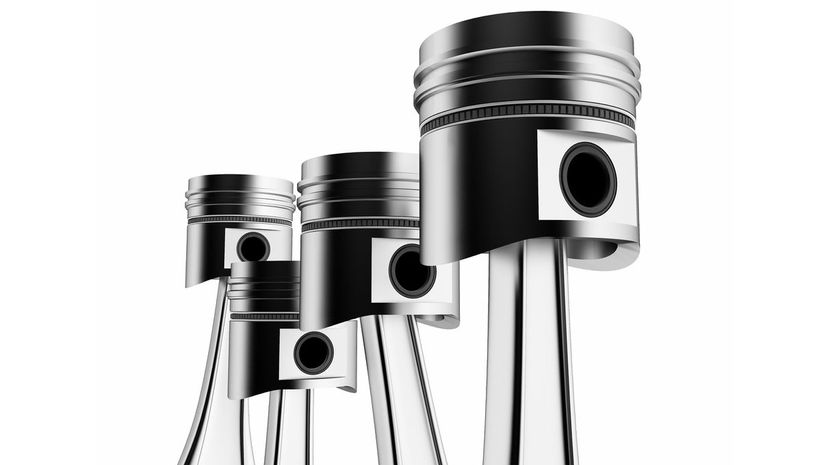
Without the motion of the pistons, the engine is just a big block of metal with nothing to do. Simply put, the explosion of the fuel/air mix inside the cylinder moves the pistons, which are connected to the crankshaft, which is connected to the transmission, which is connected to the wheels, which are in contact with the road. The motion of the pistons powers the motion of the wheels.